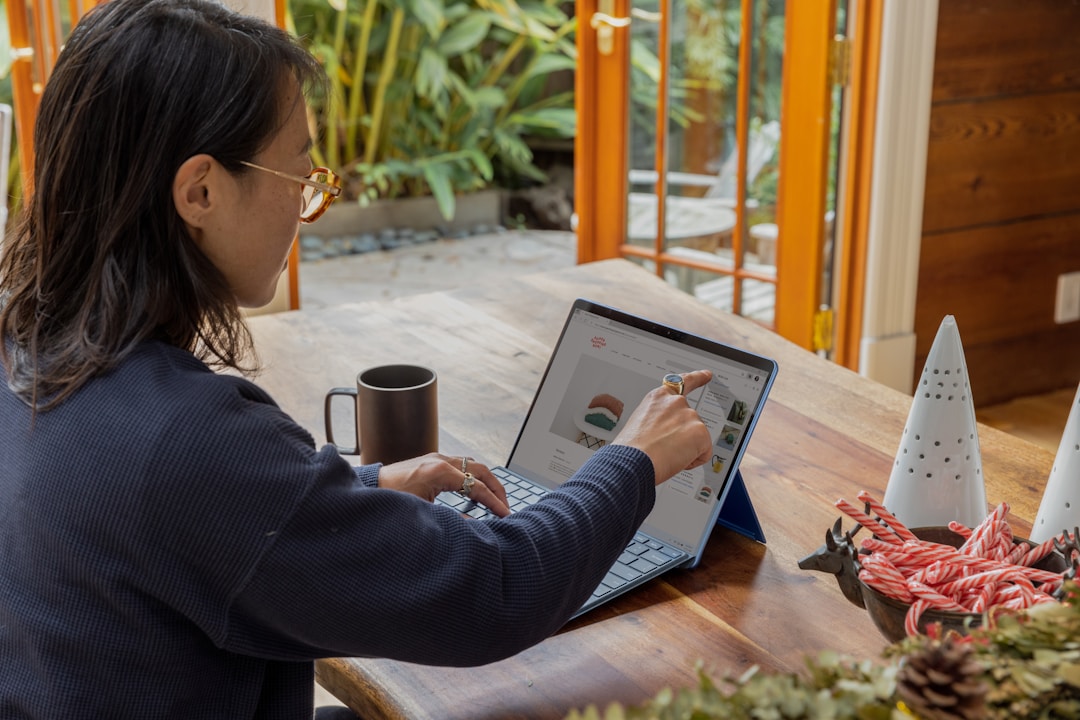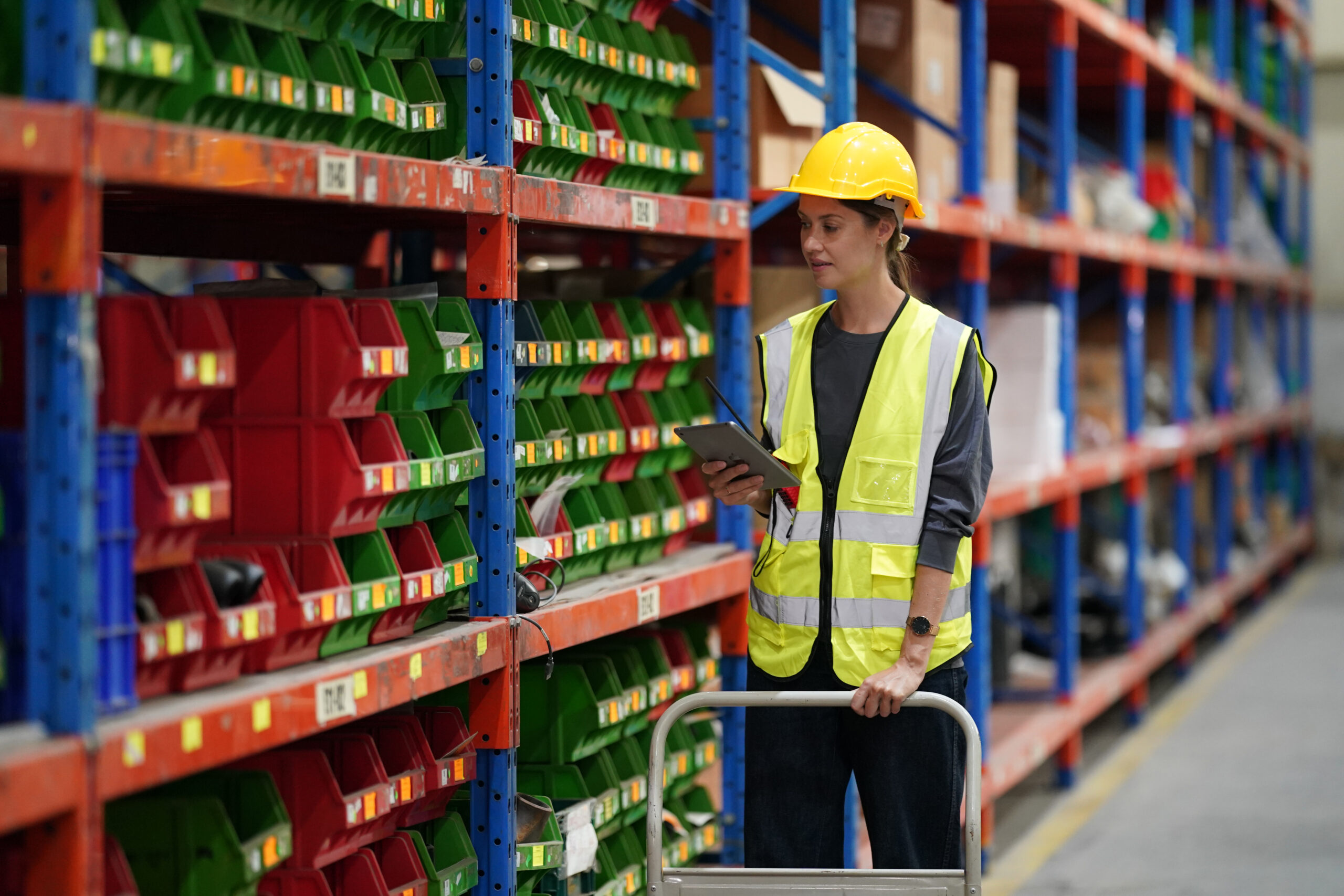In the rapidly evolving world of supply chain operations, efficiency has become the buzzword for businesses striving to stay competitive. Success in modern logistics not only depends on delivering products to the end consumers at the right time but also on ensuring optimized supply chain operations. By optimizing packaging efficiency, businesses can reduce costs, improve product protection, and enhance customer satisfaction. In this article, we delve into why packaging efficiency is crucial and explore various methods to boost packaging productivity in supply chain operations.
Switching to Sustainable Packaging Products

You can switch to eco-friendly packaging to boost your organization’s efficiency substantially. If you want to improve the efficiency of your company’s supply chain, it’s high time to consider making the transition to using sustainable packaging products like bioplastics, including these small containers with lids. Sustainable packaging is an eco-friendly alternative to traditional packaging materials, such as plastics derived from fossil fuels. Bioplastics, for instance, are made from renewable resources like plants, which reduces their carbon footprint and dependency on finite resources.
By implementing sustainable packaging in your supply chain, you can reap several benefits that ultimately enhance the efficiency of your company’s operations. Sustainable packaging materials like bioplastics are biodegradable, meaning they break down naturally over time, reducing the amount of waste in landfills. This reduces your company’s environmental impact and also aligns with the growing consumer preference for eco-friendly products. Sustainable packaging is also often lighter in weight compared to traditional packaging materials, reducing shipping costs and fuel consumption. This weight reduction can also result in increased payload capacity, allowing you to transport more goods in a single shipment.
Moreover, using sustainable packaging can improve your company’s brand image and reputation. Consumers are increasingly demanding sustainable and responsible practices from businesses, and by adopting sustainable packaging, you demonstrate your commitment to environmental stewardship. This can attract eco-conscious consumers and create a competitive edge for your company in the market.
Importance of Packaging Efficiency
Packaging efficiency is a critical factor in any type of business operation. It impacts the cost of delivering goods to consumers and influences the customer experience. Efficient packaging restricts the movement of goods during transit, minimizing the risk of product damage. Additionally, it helps in space utilization in storage facilities and vehicles used for transportation, thereby reducing logistics costs.
The wastage produced by inefficient packaging has environmental implications as well. Poorly packed items often result in excessive use of packaging materials, contributing to environmental pollution. Through optimizing packaging efficiency, organizations can reduce their carbon footprint, demonstrating a commitment to sustainable business practices, an aspect increasingly essential for reputation management in today’s business landscape.
In terms of sales and marketing, the packaging of a product acts as a silent salesman. It plays a vital role in the end-users product perception and buying decisions. Well-packaged products ensure safe transportation and enhance brand recognition and customer loyalty. Thus, packaging efficiency inevitably has a ripple effect on the business’s bottom line.
Assessing Your Current Packaging Process

Before delving into ways of improving packaging efficiency, an assessment of the current packaging process is needed. This involves analyzing various aspects of the packaging process, including analyzing the type of packaging material used, the size of packages, the time taken for packaging, and the space utilization during transportation and storage. Assessing these areas will help highlight the inefficiencies and gaps that need addressing.
During the assessment process, organizations must also review the impact of their packaging decisions on their customers. For instance, the use of smaller containers with lids can improve the efficiency of packaging small products and boost the unboxing experience for customers, impacting their perception of the brand positively.
It’s also necessary to consider your packaging’s environmental impact during the assessment process. Analyzing and addressing the potential environmental harm your packaging could be causing is required in the current business landscape, where consumers are becoming increasingly conscious of businesses’ environmental responsibility.
Improving Packaging Designs
An effective method for improving packaging efficiency is through optimizing packaging design. Innovative design changes can reduce the use of packaging materials, translating to cost savings. Moreover, thoughtful design can enhance product protection, boost product presentations, and provide improved storage efficiency. For instance, designs incorporating dividers or compartments for different product parts can prevent movement within the box, reducing the need for fillers and extra cushioning.
Alternatively, creating custom-sized packaging can decrease the use of void fill and improve the accuracy of dimensions used to calculate shipping costs. Implementing certain design features can also enhance the customer’s unboxing experience. For instance, easy-open features, resealable packages, and unique shapes or designs can engage customers and create memorable unboxing experiences, promoting brand loyalty and repeat purchases. Sustainability has also proven to be attractive to prospective customers.
Embracing Automation in Packaging

Modern technology has opened the doors to enhancing packaging efficiency through automation. Automated packaging systems can speed up the packaging process, reducing labor costs and eliminating human error. They can package products more tightly and consistently, resulting in less waste and cost savings in the long term. Automation can also improve the quality of packaging.
Automated systems can ensure the consistent quality of packaged products, minimizing the risk of mistakes that can occur in manual processes. This improved consistency can enhance the reputation of brands and customer satisfaction. While the initial investment in automation may be high, the long-term cost savings, improved efficiency, and customer satisfaction can outweigh the initial costs. Businesses should therefore analyze their operations and consider automation where it makes sense for their specific situation and needs.
Effective Training and Education
Improving packaging efficiency is not just about changing the materials used or redefining the design. It also involves the efforts and skills of the people handling the packaging process. Training and education are often overlooked aspects in the pursuit of packaging efficiency. Employees need to be adequately trained on the best packaging practices. They should understand the implications of inefficient packaging – not just in terms of cost, but also in terms of the environmental impact and customer satisfaction.
Effective training will ensure they use resources optimally, limit excess, and are more aware of the need for preserving product quality. Moreover, ongoing education about the latest technologies and tools in packaging can help employees upgrade their skills and improve the packaging process. By fostering a culture of continuous learning and improvement, businesses can enhance their packaging efficiency, reflecting positively on their overall supply chain operations.
Partnering with Experts

Lastly, to optimize packing efficiency, businesses should consider partnering with packaging experts. These experts have the required experience and expertise to improve the packaging process, from selecting the right packaging material to designing and installing automated packaging systems. Partnering with experts also allows businesses to leverage industry best practices and innovative technologies that they might not have known existed. Experts can introduce businesses to sustainable packaging alternatives like biodegradable materials, reducing negative environmental impact.
A partnership can lead to a more systematic and professional approach to packaging, resulting in better efficiency, protection, and cost optimization. It becomes an investment that not only benefits the business in the short term but contributes significantly to its long-term sustainability and success.
As this article demonstrates, improving packaging efficiency is a continuous process that can have considerable impacts on cost-saving, reducing environmental footprints, and enhancing customer satisfaction. It requires businesses to assess their current operations, rethink their packaging designs, leverage automation and training, and consider partnerships to achieve optimal results. The efforts put in to enhance packaging efficiency pay off in the form of streamlined operations, improved brand image, and higher profitability.

